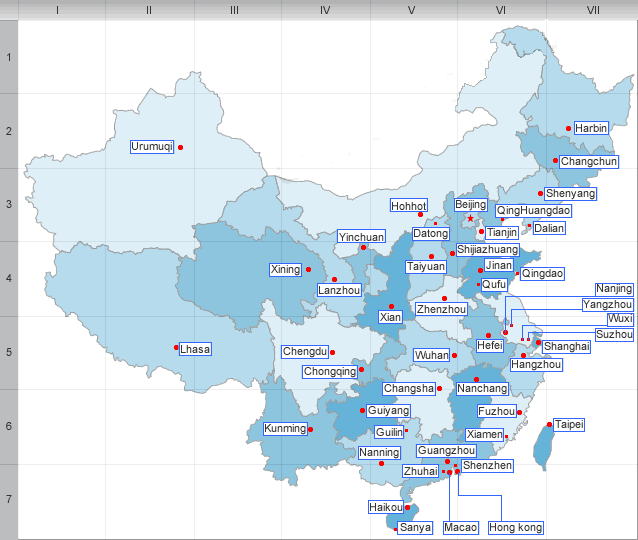Culture of Fujian
Culture
Because of its mountainous nature and the numerous waves of migration from central China in the course of history, Fujian is one of the most linguistically diverse places in all Han Chinese areas of China. Local dialects can become unintelligible within 10 km. This is reflected in the expression that "if you drive five miles in Fujian the culture changes, and if you drive ten miles, the language does". Classifications of these various dialects have confounded linguists. In general, most dialects of Fujian are put into a broad Min category, then subdivided into Min Bei, Min Dong, Min Zhong, Min Nan, Pu Xian, and Shao Jiang. (The seventh subdivision of Min, Qiong Wen, is not spoken in Fujian.) The Fuzhou dialect is part of Min Dong; the Xiamen dialect is part of Min Nan. Hakka, another subdivision of spoken Chinese, is spoken around Longyan by the Hakka people who live there.
As is true of other provinces, the official language in Fujian is Standard Mandarin, which is used for communication between people of different localities. During the Qing dynasty, traders in Fujian also used pidgin English as a common language, although this is now extinct.
Broadly speaking, two distinct subcultures have evolved in Fujian. The Northern Min culture centered on Fuzhou is marked by the early adoption of Buddhism, and shows influences of Japanese culture and Japanese cuisine through contacts made with the Ryukyu Islands. The Southern Min culture of the Xiamen-Quanzhou-Zhangzhou region is considered to be more adventurous and entrepreneurial, and has been influenced by Southeast Asia through continuing contact with the descendants of Southern Min natives who emigrated there over the last 300 years. Each of the two cultures has its own traditional operas and ballads, recording a thousand years of Fujian’s history.
Several regions of Fujian have their own form of Chinese opera. Minju is popular around Fuzhou; Gaojiaxi around Jinjiang and Quanzhou; Xiangju around Zhangzhou; Fujian Nanqu throughout the south, and Puxianxi around Putian and Xianyou County.
Fujian cuisine, with an emphasis on seafood, is one of the eight great traditions of Chinese cuisine. It is composed of traditions from various regions, including Fuzhou cuisine and Min Nan cuisine. The most prestiged dish is Fotiaoqiang (literally "Buddha Jumps Over Wall"), a complex dish making use of many ingredients, including shark fin, sea cucumber, abalone, and Shaoxing wine (a form of "Chinese alcoholic beverage").
Many famous teas originate from Fujian, including oolong, Wuyi Yancha, and Fuzhou jasmine tea. Fujian tea ceremony is an elaborate way of preparing and serving tea. In fact, the English word "tea" is borrowed from Min Nan language.
Fuzhou bodiless lacquerware, a famous type of lacquerware, is noted for using a body of clay and/or plaster to form its shape; the body later removed. Fuzhou is also famous for Shoushan stone carvings.
| PREV:Economy and Tourism of Fujian | Next:Geography and climate of Jiangsu |



